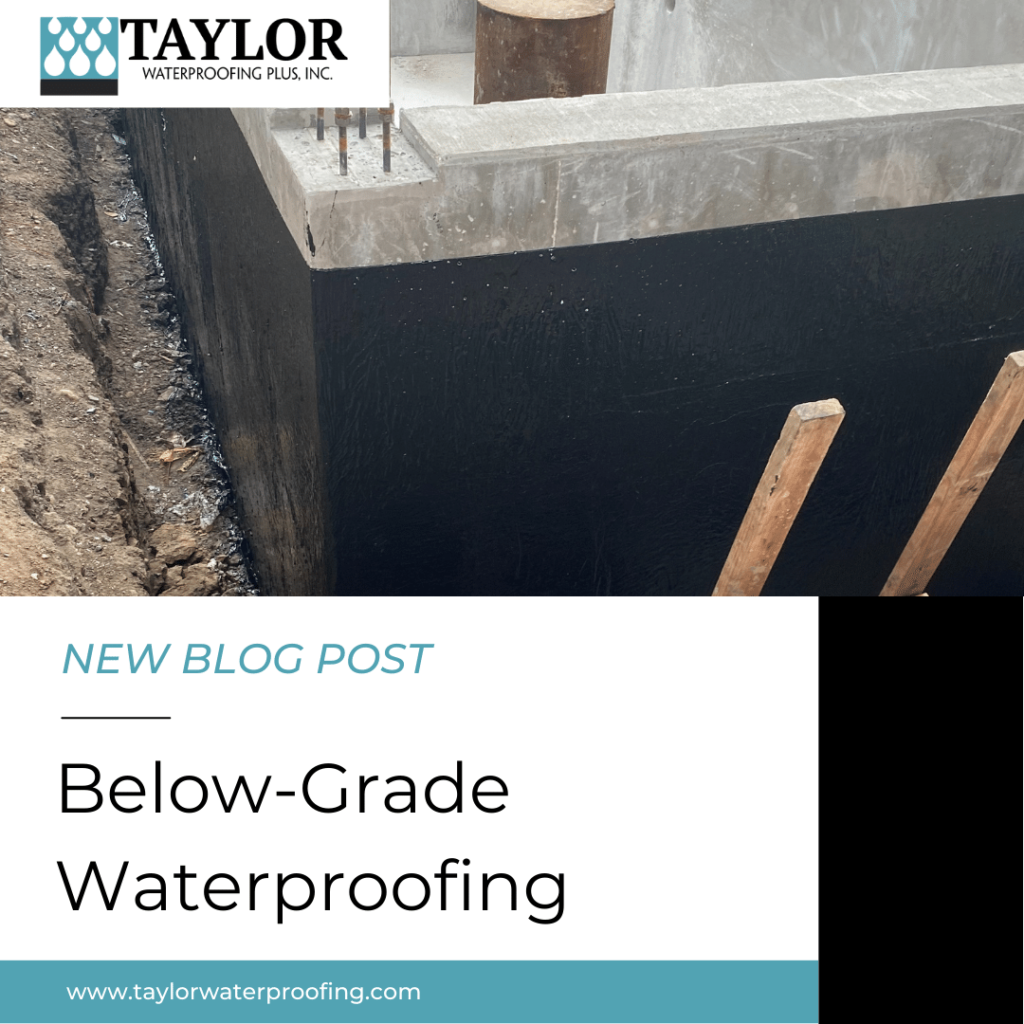When you are constructing a building or unground structure, such as an underground parking garage or basement, you’ll need below-grade waterproofing to make sure it keeps its structural integrity. These areas are subject to flooding and waterproofing is a way to prevent damage and increase the life of the structure. There are a few ways to install this waterproofing system, but the process refers to applying a waterproof coating or other material to the walls of the foundation, usually during the construction stages.
Because buildings’ foundations are constructed of concrete, it is porous and can crack over time. One health hazard to consider is mold and mildew growth due to water damage. Below-grade waterproofing creates a barrier between your building’s foundation and the earth. Along with below-grade waterproofing, making sure the building has proper drainage is also a huge aspect of mitigating these types of issues.
Below-Grade Waterproofing Types
Positive-Side Waterproofing – This application is done on the outside of the foundation where it will touch soil. This can consist of fluid-applied seamless membranes, sheet systems, or a combination of the two.
Negative-Side Waterproofing – This is applied to the interior of the building. It stops water and other materials from entering the building but not from penetrating the foundation. Because of this, it is usually done in conjunction with positive-side waterproofing or when the positive-side can not be done.
Overall, below-grade waterproofing protects your building by ensuring there is a barrier between the foundation and the outside elements. Without waterproofing, you could deal with structural issues, flooding, water damage, and toxic materials. When done correctly, below-grade waterproofing greatly reduces the risk of damage and protects your building and investment. To talk to one of our team members about the best waterproofing options for your project, contact us today!


